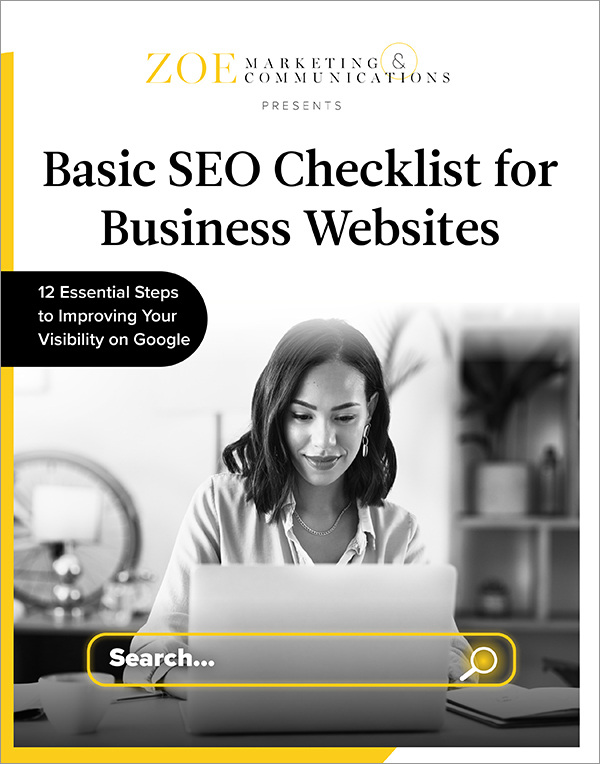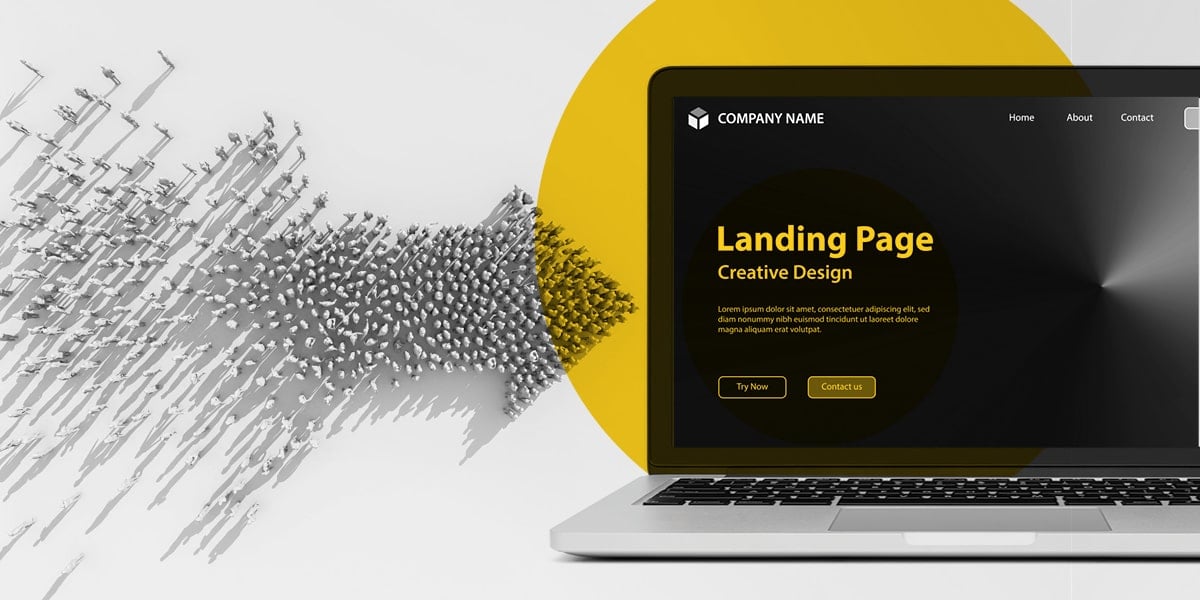
Download Your Basic SEO Checklist
Unlock the fundamentals of search engine optimization. This checklist provides step-by-step guidance to improve your site’s search ranking.
October 4th, 2022 | 2 min. read
By Kim Kovelle

Imagine visiting a trampoline center after seeing an exciting ad. You arrive and push open the doors — only to walk into a plain office space with a formally dressed receptionist.
“Um,” you might say. “Am I in the right place?”
That’s what happens when your well-designed ad or email and landing page don’t match up. The result? People leave.
At Zoe Marketing & Communications, we’ve helped businesses create high-converting landing pages since 2020. Here’s how to make yours work.
Unlock the fundamentals of search engine optimization. This checklist provides step-by-step guidance to improve your site’s search ranking.
If your ad is bold and colorful, but your landing page is dull and minimal, visitors will hesitate. Keep things consistent:
A seamless transition builds trust and engagement.
Your landing page must answer: Why should they care? What’s in it for them? Keep it simple:
On your landing page, visitors should only focus on your offer. Avoid:
Instead, keep their eyes on the prize — your CTA.
People hesitate to give personal info. Ease them in:
Lead into the ask, too. Don’t hit visitors with a form immediately. Use that short, warm intro before prompting them to act.
Not all visitors are the same. Optimize landing pages based on where they came from:
A well-crafted landing page converts ad clicks into action:
Need expert guidance? Talk to us at Zoe Marketing & Communications. We help businesses refine ads and landing pages for better conversions.
Want more insights? Discover:

Unlock the fundamentals of search engine optimization. This checklist provides step-by-step guidance to improve your site’s search ranking.
As Zoe Marketing & Communications’ content manager, Kim Kovelle brings over 20 years of writing and editing experience in metro Detroit. She has strong roots in community journalism and a knack for making complicated topics make more sense.
